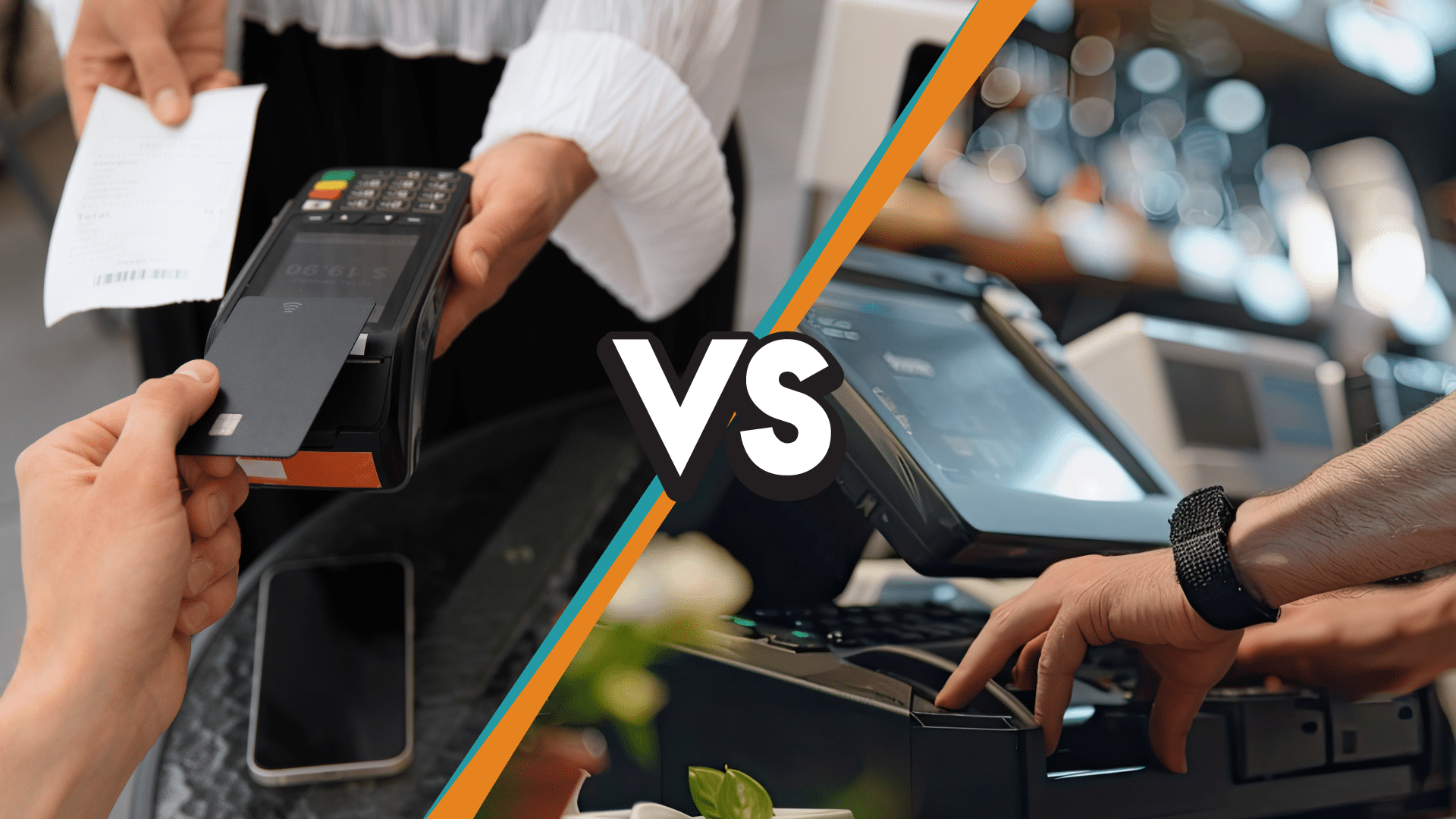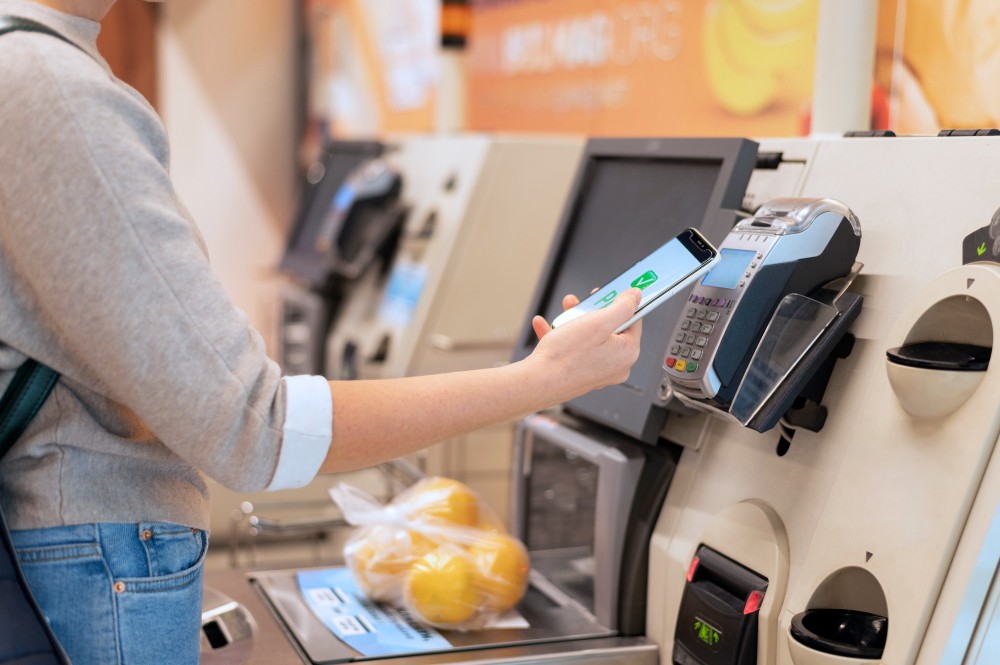Digital Wallet Integration and the Future of POS Systems

The digital revolution is reshaping industries, and the Point-of-Sale (POS) ecosystem is no exception. One of the most transformative trends in this space is the integration of digital wallets with POS systems. As businesses strive to meet consumer demands for speed, security, and convenience, digital wallet integration is emerging as a game-changer. Let’s dive into how this technology is revolutionizing the POS landscape and what the future holds.
What Are Digital Wallets?
A digital wallet, also known as an e-wallet, is a virtual system that allows users to store payment information securely and make transactions electronically. Popular digital wallets include Apple Pay, Google Pay, Samsung Pay, PayPal, and Venmo. These wallets enable contactless payments, online purchases, and even peer-to-peer transactions, making them versatile tools for consumers.
The Rise of Digital Wallets
Over the past decade, the adoption of digital wallets has skyrocketed, driven by advancements in mobile technology and increasing consumer preference for contactless payments. According to recent studies, the global digital wallet market is expected to reach $12 trillion by 2028, showcasing its immense potential. This growth is fueled by the need for seamless, secure, and fast payment solutions, particularly in a post-pandemic world where contactless transactions have become the norm.
Why Digital Wallet Integration Matters for POS Systems
Integrating digital wallets with POS systems offers numerous benefits for both businesses and consumers. Here’s why it’s becoming a priority:
1. Enhanced Customer Convenience
Digital wallets allow customers to make payments quickly and effortlessly, eliminating the need for cash or physical cards. With a simple tap or scan, transactions are completed in seconds, improving the overall shopping experience.
2. Improved Security
Digital wallets leverage advanced security features such as tokenization, encryption, and biometric authentication. These measures reduce the risk of fraud and data breaches, providing peace of mind for both businesses and customers.
3. Faster Checkout Process
By enabling contactless payments, digital wallets significantly speed up the checkout process. This is particularly beneficial in high-traffic environments such as retail stores, restaurants, and events, where quick service is essential.
4. Omnichannel Integration
Digital wallets support seamless transactions across multiple channels—in-store, online, and mobile. This aligns with the growing trend of omnichannel shopping, where customers expect a consistent experience regardless of how they interact with a brand.
5. Cost Efficiency
For businesses, integrating digital wallets can lead to cost savings by reducing reliance on cash handling and minimizing transaction fees associated with traditional payment methods.
Key Trends Shaping Digital Wallet Integration in POS Systems
As technology continues to evolve, several trends are influencing how digital wallets are integrated into POS systems:
1. Biometric Authentication
Biometric technology, such as fingerprint scanning and facial recognition, is enhancing the security of digital wallet transactions. Future POS systems will increasingly support these features, providing a seamless and secure payment experience.
2. Loyalty Program Integration
Digital wallets are being integrated with loyalty programs, allowing customers to earn and redeem rewards automatically during transactions. This encourages repeat business and strengthens customer relationships.
3. AI-Driven Personalization
Artificial intelligence is enabling POS systems to analyze customer behavior and preferences. By integrating with digital wallets, businesses can deliver personalized offers and recommendations directly to customers’ devices.
4. Cross-Border Payments
Digital wallets are breaking down barriers to cross-border commerce. As POS systems integrate with wallets that support multiple currencies and international transactions, businesses can cater to a global customer base.
5. Voice-Activated Payments
Voice technology is making its way into digital wallets, allowing users to make payments through voice commands. This trend will influence how future POS systems interact with customers, further enhancing convenience.
The Benefits for Businesses
Digital wallet integration isn’t just a technological upgrade; it’s a strategic move that offers tangible benefits for businesses:
- Increased Sales: By offering diverse payment options, businesses can attract more customers and reduce cart abandonment rates.
- Enhanced Customer Loyalty: Seamless and secure transactions foster trust and encourage repeat purchases.
- Operational Efficiency: Faster transactions reduce queue times and improve staff productivity.
- Data Insights: Digital wallets provide valuable data on customer preferences and spending habits, enabling businesses to tailor their strategies.
Preparing for the Future
As digital wallet adoption continues to grow, businesses must adapt to stay competitive. Here are some steps to prepare for the future:
- Upgrade POS Systems: Invest in modern POS systems that support digital wallet integration and contactless payments.
- Train Staff: Ensure employees are familiar with the new technology and can assist customers effectively.
- Promote Digital Wallets: Educate customers about the benefits of using digital wallets and encourage their adoption through promotions and incentives.
- Monitor Trends: Stay informed about emerging technologies and trends to keep your payment systems up to date.
Conclusion
Digital wallet integration is not just a trend; it’s a cornerstone of the future of POS systems. By embracing this technology, businesses can enhance customer experiences, improve security, and unlock new growth opportunities. As we move further into a cashless society, the integration of digital wallets with POS systems will continue to drive innovation and reshape the way we conduct transactions.






